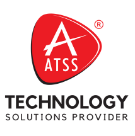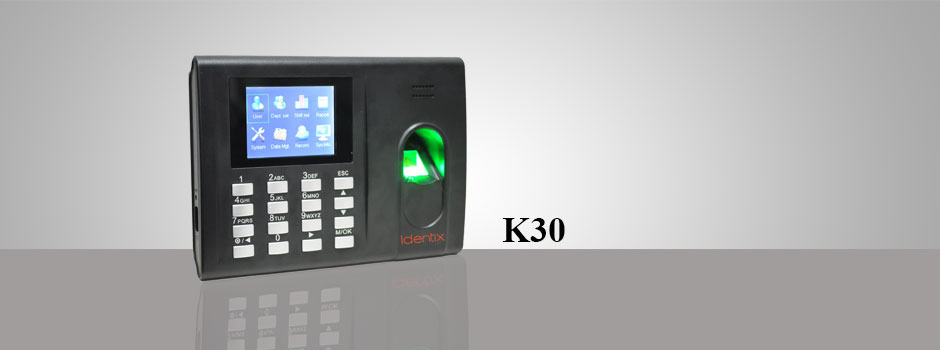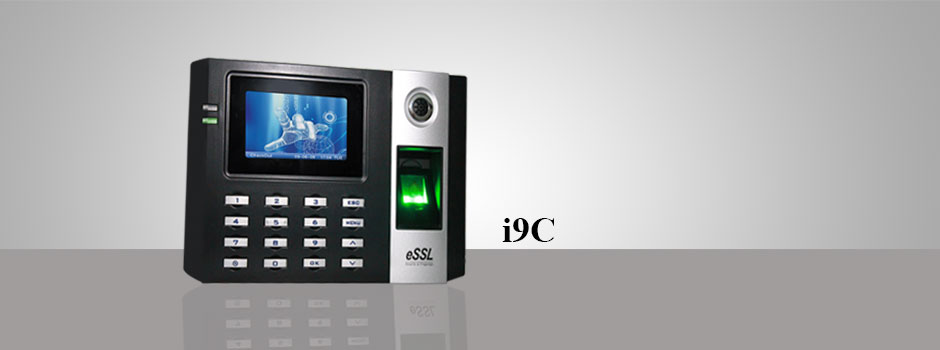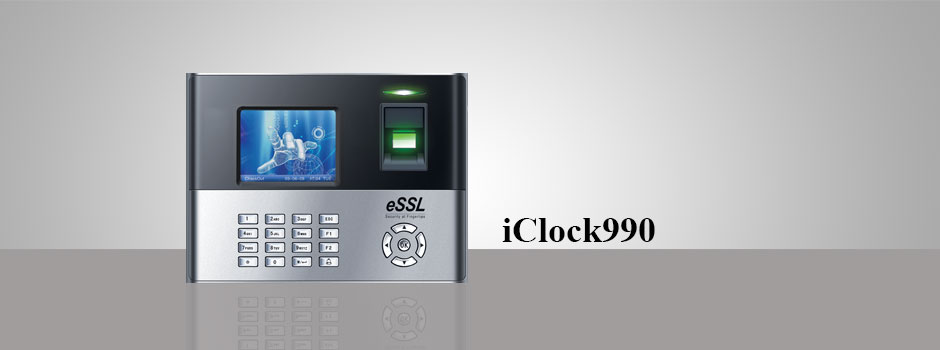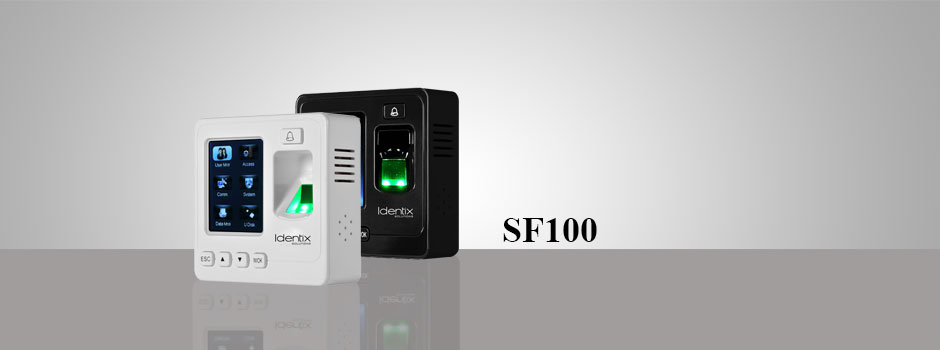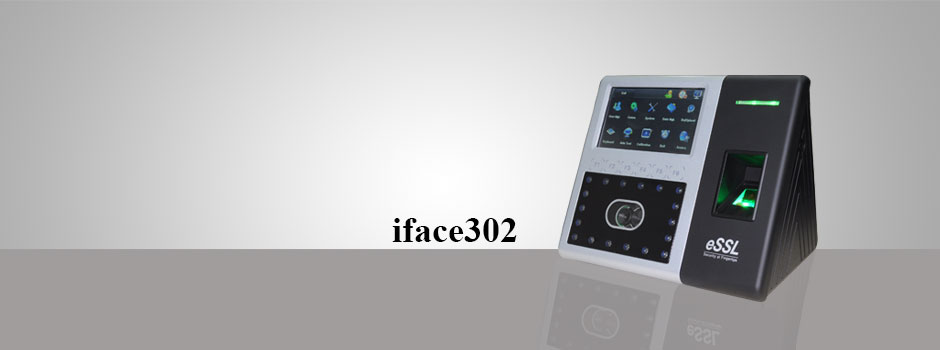Time Attendance Management System
Time Attendance (TNA) systems track and record employee working hours, ensuring accurate wage calculations and compliance with labor regulations. These systems are vital for managing large workforces efficiently.
Modern TNA systems use technologies like fingerprint scanners, facial recognition, RFID cards, or apps for precise tracking. Employees log their hours seamlessly, and automated systems transfer data for payroll processing, reducing errors and paperwork while boosting productivity.
eTimeTrack Lite Time Attendance - ESSL Software
For Sample Reports In PDF Click Below Links
- Basic Attendance Report
- Detailed Attendance Report
- Daily Summary Attendance Report
- Daily Detailed Summary Attendance Report
- In Out Duration Report
- Attendance In/Out Punch Report
- Present Report
- Absent Report
- Late Coming Report
- Early Going Report
- Short Worked Records
- Missed Out Punch Report
- Leave Records
- Out Door Duty Records
- Extra Worked Records
- CSV Export
- Attendance Summary Report
- Mustre Roll Report
- Form J
- Detailed Form J
- Monthly Basic Report
- Monthly Summary Report
- Monthly Basic Work Duration Report
- Monthly Detailed Work Duration Report
- Monthly Period Wise Report
- Employee Shift Scheduler
- OT Summary
- CSV Export
- CSV Export(Short Report)
- Department Vs Employee Type Matrix
- Company Vs Employee Type Matrix
- Employee Graph
- Department Graph
- Company Graph
- Custom Monthly Status Report
- Monthly Late Arrival Early Departure
- Working Employees Report
- Resigned Employees Report
- Yearly Reports
- Leave Entries Report
- Outdoor Entries
- Department Summary
- Leave Summary
- Random Check Report
- Log Report
- Daly Log Report Matrix
- Last Day Status Report
- Generate Memo
- Attendance Logs
- Attendance Logs(Employee Wise)
- Device Logs
- Logs in Third Party Payroll Format
- Export Device Logs in Custom Format
- SAP P10/P20 Format
Daily Attendance Reports
Customised Reports
Monthly Reports
Special Reports
Extra Reports
Employee Details Reports
Other Reports
Export Logs
To Download All ESSL eTimeTrackLite Time Attendance Software Reports Click Here.
Who Needs Biometric Attendance Systems?
Biometric attendance systems are essential for businesses, educational institutions, and organizations of all sizes. Whether you're a small business owner managing a handful of employees or a large corporation with hundreds of staff, tracking attendance effectively is crucial. Educational institutions, especially schools and colleges, can benefit significantly from biometric systems to monitor student attendance, ensure discipline, and streamline record-keeping.
Additionally, factories, hospitals, and government offices, where punctuality and accuracy in timekeeping are critical, find biometric attendance systems invaluable. These devices cater to HR departments, payroll managers, and administrative teams who require reliable, real-time attendance data for efficient workforce management.
What Are Biometric Attendance Systems?
Biometric attendance systems are advanced devices that use biological data like fingerprints, facial recognition, or iris scans to authenticate an individual’s identity and record their attendance. These systems eliminate the need for manual attendance sheets or punch cards, providing a seamless, secure, and tamper-proof solution. Popular models like the eSSL F22, eSSL K30, and eSSL X990 have become staples in workplaces, offering cutting-edge features for tracking daily and monthly attendance.
Features of Biometric Attendance Systems:
- Accuracy: Eliminates manual errors and prevents buddy punching.
- Speed: Fast authentication with options like thumbprint, face recognition, and RFID cards.
- Integration: Easily integrates with attendance management and payroll systems.
- Ease of Use: User-friendly interfaces suitable for all employees.
- Cost-Effective: Reduces administrative costs and time spent on manual processes.
Where Are Biometric Attendance Systems Used?
Biometric attendance systems are widely used in various industries and environments:
- Corporate Offices: To manage employee attendance and integrate with payroll.
- Educational Institutions: For student attendance tracking and exam eligibility verification.
- Manufacturing Units: Ensuring timely worker attendance and shift management.
- Healthcare Facilities: Managing staff schedules in hospitals and clinics.
- Retail and Hospitality: Tracking shifts in stores, restaurants, and hotels.
The devices are also popular in remote sites, thanks to systems like the ZKTeco Biometric and Identix Biometric machines that work efficiently under challenging conditions.
When Should You Implement a Biometric Attendance System?
Implementing a biometric attendance system is ideal when your organization faces challenges such as:
- Inefficient Time Tracking: Manual attendance sheets or registers are prone to errors and time theft.
- Growth in Workforce: Managing attendance for a growing team becomes cumbersome.
- Compliance Needs: Adhering to labor laws requiring accurate records.
- Payroll Discrepancies: Frequent disputes over overtime or attendance deductions.
- Security Concerns: Restricting unauthorized access to specific areas.
Why Choose Biometric Attendance Systems?
Biometric attendance systems stand out for their unparalleled advantages:
- Enhanced Security: Biological authentication ensures only authorized personnel can clock in.
- Cost Efficiency: Reduces administrative overhead and paperwork.
- Real-Time Data: Provides instant access to attendance records for better decision-making.
- Customization: Flexible options like face scanning, fingerprint attendance, and RFID integration cater to diverse needs.
- Scalability: Suitable for organizations of any size, from small offices to global enterprises.
How Do Biometric Attendance Systems Work?
Biometric attendance systems function through a series of simple yet sophisticated steps:
- Registration: Employees or students are enrolled in the system by capturing their biometric data, such as fingerprints or facial scans.
- Authentication: When clocking in or out, the device scans their biometric data and matches it with the stored information.
- Data Recording: The system logs the attendance data, including timestamps, into its software.
- Integration: Attendance data is synced with management software like ETimeTrack Lite for payroll and reporting.
- Reports Generation: The software generates daily, monthly, and yearly attendance reports, which can be exported in formats like Excel.
Choosing the Right Biometric Attendance System
When selecting a system, consider the following factors:
- Workforce Size: Choose a device with appropriate storage capacity.
- Authentication Needs: Opt for fingerprint, facial recognition, or hybrid systems.
- Integration: Ensure compatibility with your existing software.
- Scalability: Look for solutions that grow with your organization.
- Durability: Invest in robust devices for long-term use.
The Future of Biometric Attendance Systems
Biometric attendance systems are evolving rapidly with advancements in AI and IoT technologies. Future trends include:
- AI Integration: Improved facial recognition accuracy and predictive analytics.
- Cloud-Based Solutions: Enabling remote access and management.
- Mobile Compatibility: Smartphone apps for attendance tracking.
- Enhanced Security Features: Multi-layer authentication for sensitive environments.
Conclusion
Biometric attendance systems are a game-changer for managing time and attendance. From eliminating manual errors to enhancing security, these devices offer unparalleled benefits for businesses and organizations. Whether you’re considering an eSSL biometric machine, a face attendance system, or a fingerprint punching machine, the investment will yield significant returns in efficiency and reliability.
Explore the wide range of biometric solutions available, and choose a system tailored to your specific needs. The future of attendance management is here — make the switch today!
Have Any Question? Call Us 24/7
91500 12345
Essl Biometric, Biometric Essl, Fingerprint Machine, Attendance Machines.
ATSS | © Copyright 2025. All Rights Reserved.
